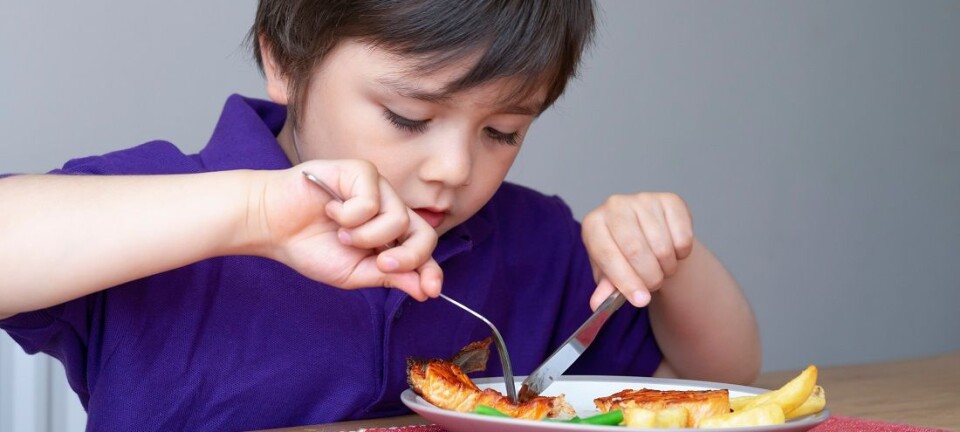This article is produced and financed by NTNU Norwegian University of Science and Technology - read more
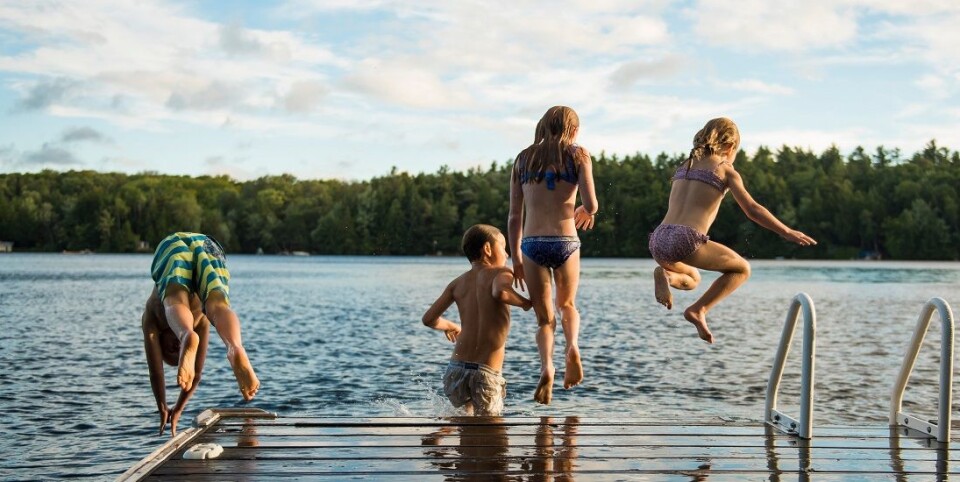
Important for kids to practice swimming outdoors
Norway may offer children’s swimming and lifesaving lessons outdoors as early as this year. The goal is to reduce drownings.
“Almost all drowning occurs outdoors. But we don’t usually practise where the accidents happen,” says associate professor Egil Galaaen Gjølme at NTNU’s Department of Teacher Education.
He’s been a prime mover for getting people to master water-related skills in the wild.
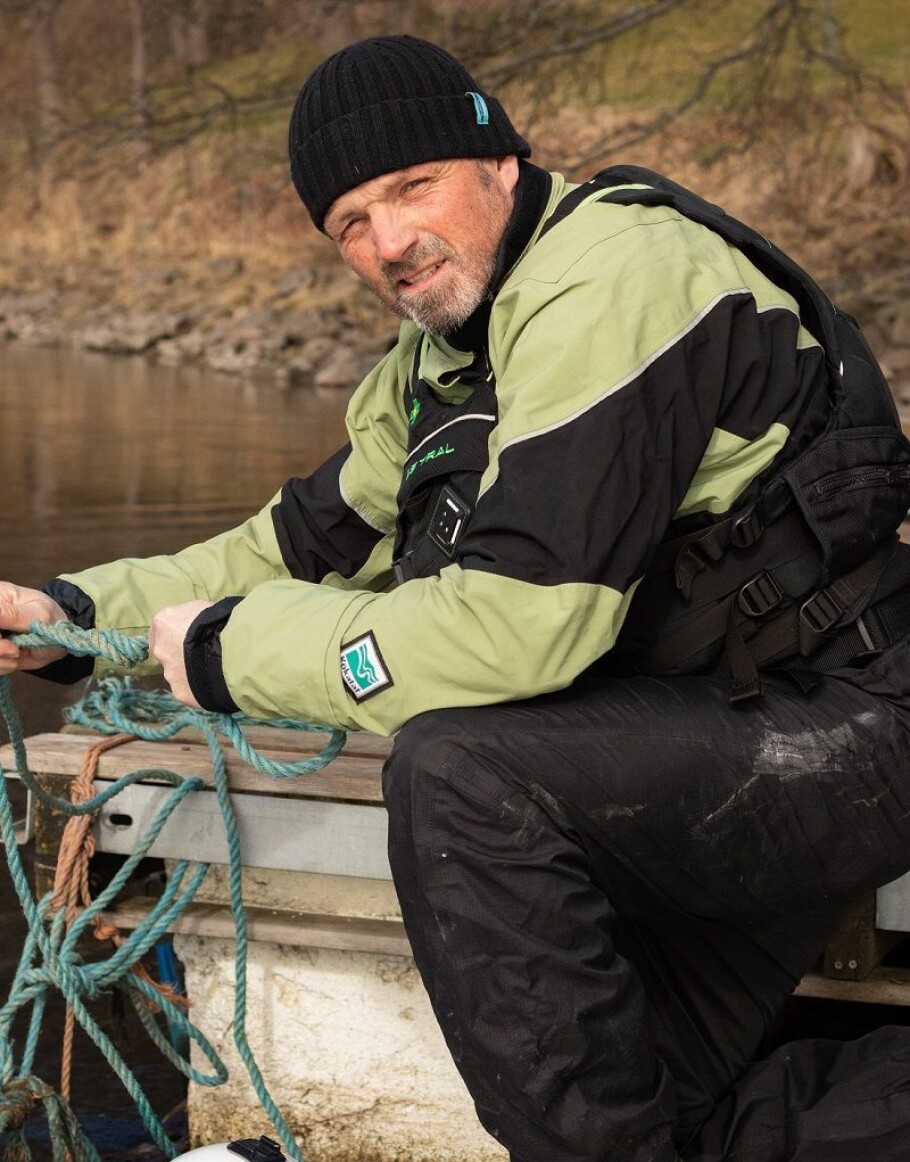
Drownings in Norway claimed the lives of 102 people in 2018. This was an increase of about 10 per cent, and many of the victims drowned while swimming. Two out of three drownings take place near land, a dock or other location where it would be easy to rescue someone.
But an improvement may be coming soon if politicians agree with the proposed approach. New competence goals for swimming and lifesaving were adopted by the Ministry of Education in the fall, and outdoor swimming and lifesaving may become part of the curriculum for children.
Norwegian Minister of Education and Integration, Jan Tore Sanner, has largely confirmed that things are pointing in that direction so far.
“Sanner let leak that there will be outdoor instruction,” says Gjølme, but he isn’t taking anything for granted yet.
Gjølme has been involved in developing the proposal for new rules for swimming and lifesaving education in school.
“In my opinion, the 2006 school reform has already clearly described this in the Knowledge Promotion curriculum, but ultimately it’s the schools and the principal of each school that carry out the instruction,” he says.
Only two per cent practise swimming outdoors
A 2018 survey shows that only two per cent of schools practise swimming outdoors today – meaning that 98 per cent do not.
“It’s not clear to me why they don’t, but possibly they think the risk is too high or don’t care that much about the curriculum, since it can’t be measured according to Pisa or Timms criteria,” Gjølme says.
The curriculum states that children should learn both swimming and lifesaving, but Norwegian Directorate for Education surveys show that only eleven per cent of schools teach lifesaving outdoors.
“This means that nine out of ten schools aren’t following the curriculum,” says Gjølme.
But isn’t it too cold in Norway for this kind of activity?
“It’s striking that the same surveys show that schools in southern districts where conditions are best suited for outdoor instruction are the ones that are the least active in providing this training,” says Gjølme.
In Trøndelag and the northern counties, where the water is normally colder than in the south, many schools have started to implement the curriculum.
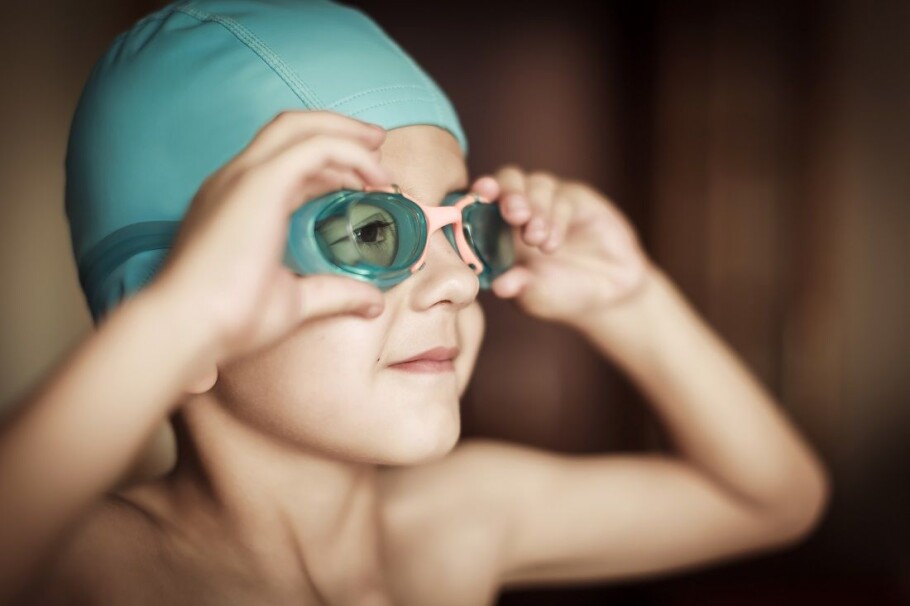
Have to practise what you want to be good at
Gjølme has no doubt that it is absolutely necessary for our kids be comfortable in the outdoors.
“You have to practise exactly what you want to be good at, whether it’s learning to nail a free kick, mastering a climbing wall, algebra or conjugating verbs. The same thing applies if you fall through the ice or have to climb into a boat when you’ve fallen into the water,” he says.
Outdoor swimming instruction involves dealing with critical situations and knowing what to do when something happens. Children learn how to control their breath underwater, swim with clothes on and get out of risky situations. The training includes being able to prevent an accident by proactively making good risk assessments and recognizing when others are in trouble.
“At NTNU we use the term ‘water competence,’” Gjølme says, “which extends the understanding of swimming instruction. It includes knowing what to do when there’s an accident. Being able to swim is an important part of this. It can be practised in the pool, but when it comes to self-rescue and lifesaving, children should also practise outdoors – on the water, by the water or in the water, where accidents happen.”
“Water competence” has its own website. In addition, swimming teacher and former NTNU student Borgar Ness has joined researchers in developing the swim app actioswim, available for both iOS and Android. The app depicts different exercises on how to save yourself and how you can save others.
The Directorate for Education also has its own website svømmedyktig.no (in Norwegian), which offers helpful resources.
In Iceland, students receive 250-300 hours of swimming instruction, and swimming is its own subject in school. Iceland also has fewer drowning accidents than Norway.
Drowning statistics
It is important to learn all this as a child. It’s unlikely you’ll get any 45-year-olds to take a swimming class, but they might be able to save themselves if they’ve learned the skills when they were younger. So we have to think proactively and long-term.
But don’t a lot of people drown because they’re drunk, and so life-saving instruction plays a minor role?
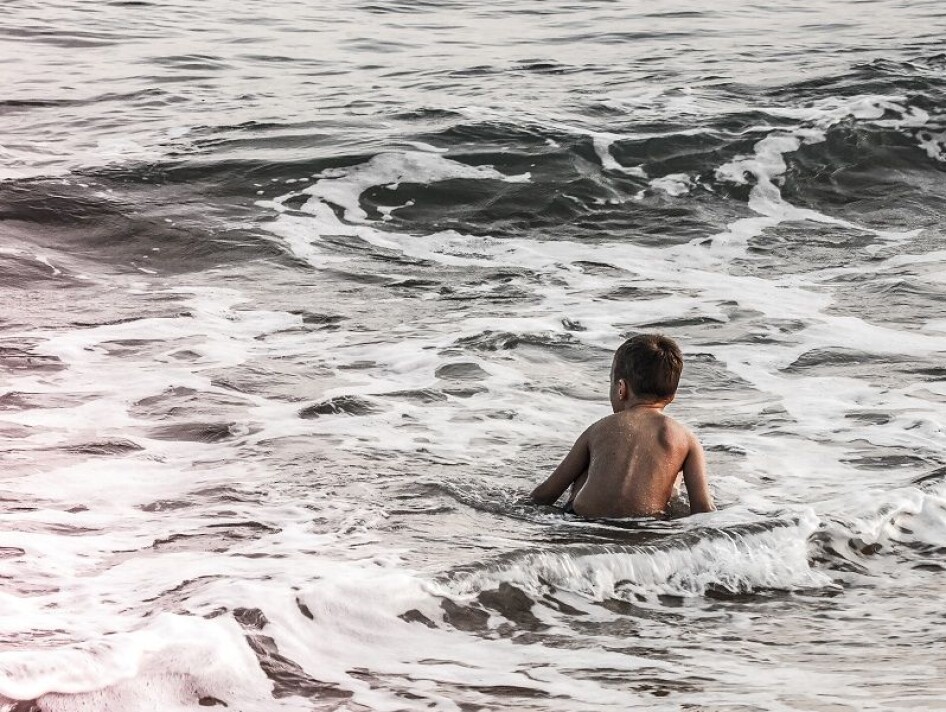
“We actually don’t know how many people who drown are under the influence of alcohol. High numbers pop up, and they are held up as a kind of truth, but we don’t have enough information about where these numbers come from,” says Gjølme.
“We need better and more accurate drowning statistics to be able to target instruction. The statistics used today are only based on media reports, and this is too inaccurate if we want to use it to improve drowning prevention work.
How many kids can swim?
We also don’t know for sure what percentage of Norwegian children can swim. In 2016, a sample assessment of fourth-graders was taken, but the results have not yet been collated and put into the system. The results can also be affected by different ways of carrying out the assessment. Previous surveys conducted by the Norwegian Swimming Association asked ten-year-olds if they could swim 200 metres. This data does not provide reliable enough figures either, since not all ten-year-olds have a completely accurate picture of their own skills.
Nevertheless, even these uncertain figures suggest that Norwegian children are the poorest swimmers in the Nordic countries, and that as many as 66 per cent of Norwegian children learn to swim privately or from their parents. That raises the question of what happens to kids who do not receive this training at home.
What we know for sure is that a lot of drowning victims come from countries other than Norway. Gjølme and his colleagues have been at the forefront of creating their own courses for this particular group. Immigrants may not have learned to swim in the country they came from, and may not feel safe if they unexpectedly land in the water. They also learn to travel safely around water.
Some parents with Norwegian-born children may prioritize other activities than swimming, but some of these children may learn to swim on a southern holiday instead. Newer arrivals to Norway may not have this opportunity.
More dangerous, but worth it?
Outdoor swimming instruction involves a few more risk factors, and Gjølme realizes that some teachers may be reluctant to take it on. Therefore, it is important that teachers be given the opportunity to participate in continuing education so that they can learn how to conduct swimming training safely.
Teachers should also learn how to make a plan for health, environment and safety. Accidents have occurred in pools, and they can of course also happen outdoors.
“But we shouldn’t avoid practising, because the only way you can learn how to handle difficult situations is to practise,” says Gjølme.
———
Read the Norwegian version of this article at forskning.no










